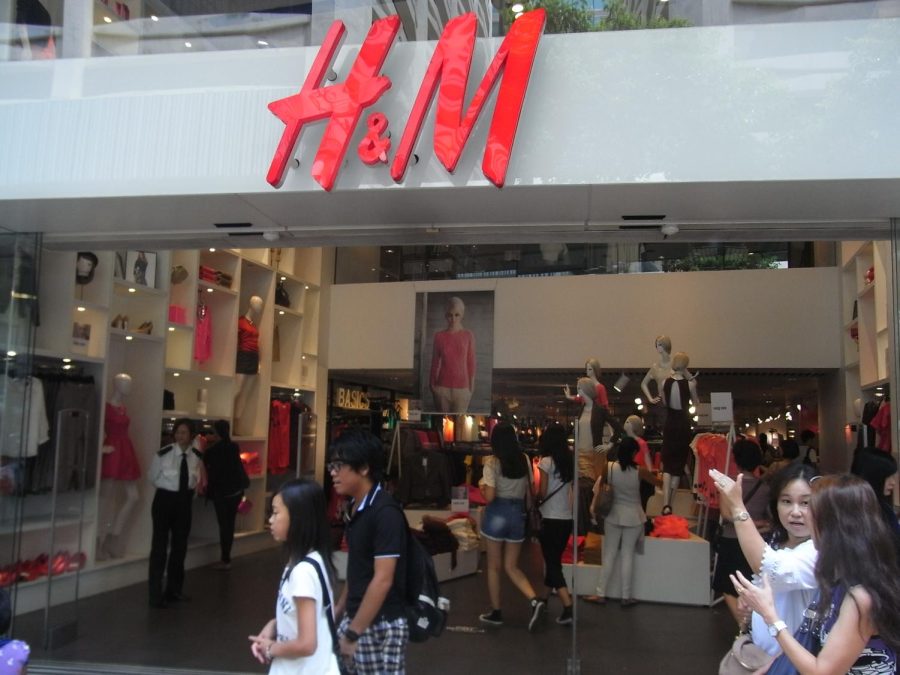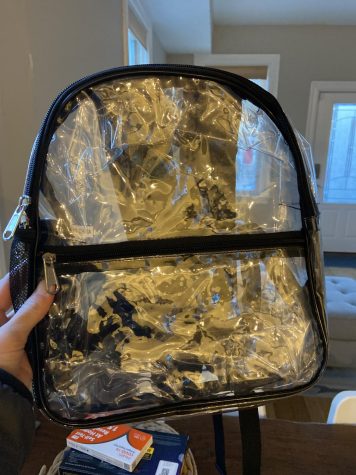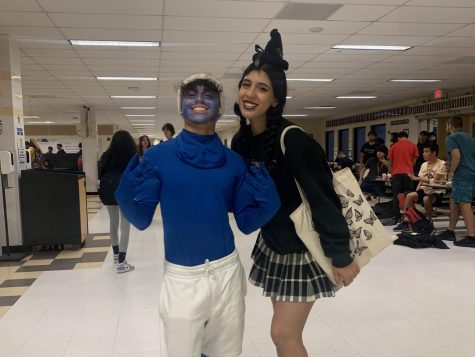Micro fashion trends have macro impact on the environment
H&M is one of the biggest productions of fast fashion, selling around 3 billion garments a year.
Fashion trends are more available than ever thanks to social media and cheap fast fashion brands. Purchasing the latest fads is easier and more affordable. However, these trends seem to pop up quickly and end just as fast. These are known as microtrends, and they can last from as little as a week to maybe a year.
Instead of focusing on a classic look, fast fashion brands produce the latest popular style as fast as possible, which takes away from the quality of the clothes. While these clothes are affordable, the cheap production is actually harmful to the fashion industry, and consumers are clueless.
Microtrends tie in with fast fashion because of how short the time spans are. One example of a mircrotrend would be bucket hats. According to vogue.com, the trend started when Rihanna was seen in New York wearing a Prada bucket hat. Although it was popular in the 80’s and 90’s, it never resurfaced again until 2020. However, that only lasted about a year, and now they are rarely seen out in public. Since fast fashion focuses on the latest trends, microtrends cause the brands to keep producing large amounts of clothes as new trends come fast. Both of these work hand-in-hand to contribute to problems in the fashion industry.
“They’re caused by social media,” junior Samuel Olarte said. “Trends, celebrities, influencers. When an influencer posts a dress, it causes rip off brands to copy it.”
Fast fashion is a method in which companies focus on producing as many clothes as possible. Because of the rapid paste, the materials are cheap and low-quality. Cheap materials that are used are harmful to the environment as they’re not really recyclable. Plus, since the trendiness of the clothing goes away fast, the clothes are thrown out quickly.
Putting an end to fast fashion won’t be easy because of the fact that so many people continue to buy from the brands.
“I think everyone has bought from fast fashion brands,” Olarte said.
Even though fast fashion brands are not the best option, people will still tend to purchase them because of what seems like benefits.
“It’s just more convenient,” junior Sara Mason said. “It’s like fast food. I know it’s not good for you, but it saves me more time and money; it’s just the easier option.”
Mason explains that not only are the clothes fashionable, they are cheaper, making it easier to buy a large amount of clothes for little money.
“Other stores will literally sell a black tank top for 30 dollars when I can just get it on Shein for five,” Mason said.
People are usually aware that one of the reasons the clothes are so cheap is because of the material. But what people may not think about is the wages of the workers. Garment makers of fast fashion make less than minimum wage. According to garmentworkercenter.org, the workers are often Latin American or Chinese immigrants, making a rate of 2-6 cents per piece. The working conditions are also harsh, as they work in dirty and crowded factories.
It won’t be easy to put an end to fast fashion, but it’s important to be aware of the effects it has on the environment and the workers. However, as thrift shopping has become more popular on social media, there could be some hope in the future. Viral videos are starting to feature cool finds at thrift shops and turning them into trendy outfits. Hopefully this rise will continue and people will become more environmentally conscious and be drawn to more sustainable products.









